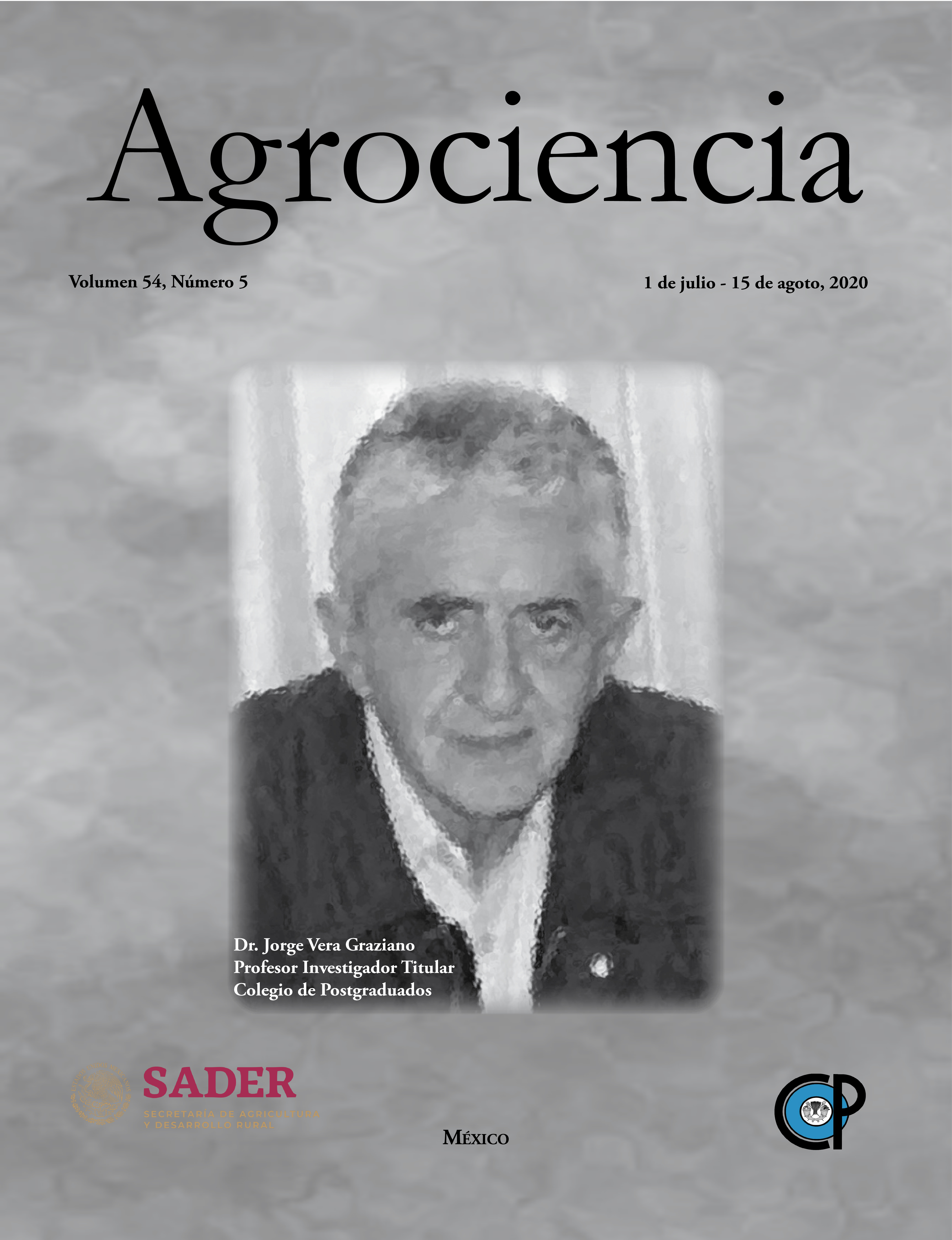CHARACTERISTICS AND DETERMINATION OF MINERALS BY μ-XRF IN SQUASH FRUIT (Cucurbita moschata DUCH)
DOI:
https://doi.org/10.47163/agrociencia.v54i5.2125Keywords:
milpa system, Cucurbitaceae, μ-XRF, macronutrients, micronutrients.Abstract
In the Yucatan Peninsula, Mexico, the milpa system involves a planting interaction of two or three main plant species such as corn (Zea mays), beans (Phaseolus vulgaris) and squash (Cucurbita argyrosperma or C. moschata). However, in some regions only corn and C. moschata are grown. This squash may show different shapes, sizes and colors in a single plantation, since producers plant different cultivars of the same species. This species is consumed fresh, as a vegetable, and the seeds of the dried fruit are used in regional and sweet dishes. The objective of this study was to characterize the morphology and mineral composition of the squash. The hypothesis was that cultivated C. moschata squash variants show morphological variation, which is present in the mineral content of seeds and fruit. For this study, six squash variants were collected from two plots in Conkal, Yucatan, Mexico. The evaluations included the morphological characteristics of the fruit and the mineral composition in seeds, pericarp and mesocarp, by means of μ-XRF analysis. C. moschata variants have different morphology (seeds and fruits). The mineral content in seeds and fruit (pericarp and mesocarp) showed significant differences between the variants. CA4 variant presented high content of P, K, Mg, Fe, Cu, Mn and Zn. Variants were identified with outstanding seed and fruit characteristics (size, shape, and flesh thickness). The mineral content showed differences between the C. moschata squash variants grown in the two plots of Conkal.
Additional Files
Published
Versions
- 29-12-2020 (2)
- 14-08-2020 (1)
Issue
Section
License
Agrociencia is published every 45 days, in an English format, and it is edited by the Colegio de Postgraduados. Mexico-Texcoco highway Km. 36.5, Montecillo, Texcoco, Estado de México, CP 56264, Telephone (52) 5959284427. www.colpos.mx. Editor-in-Chief: Dr. Fernando Carlos Gómez Merino. Rights Reserved for Exclusive Use: 04-2021-031913431800-203, e-ISSN: 2521-9766, granted by the National Institute for Author Right.













